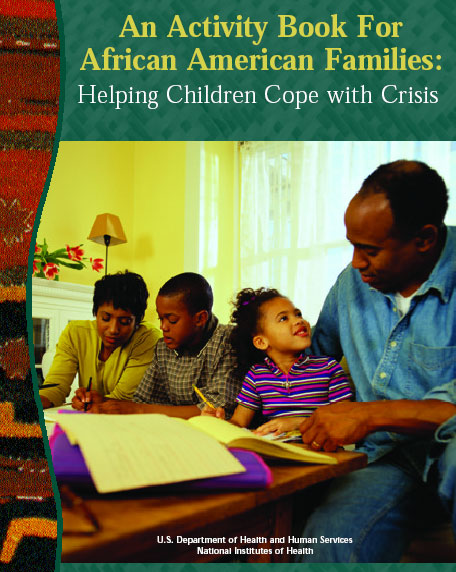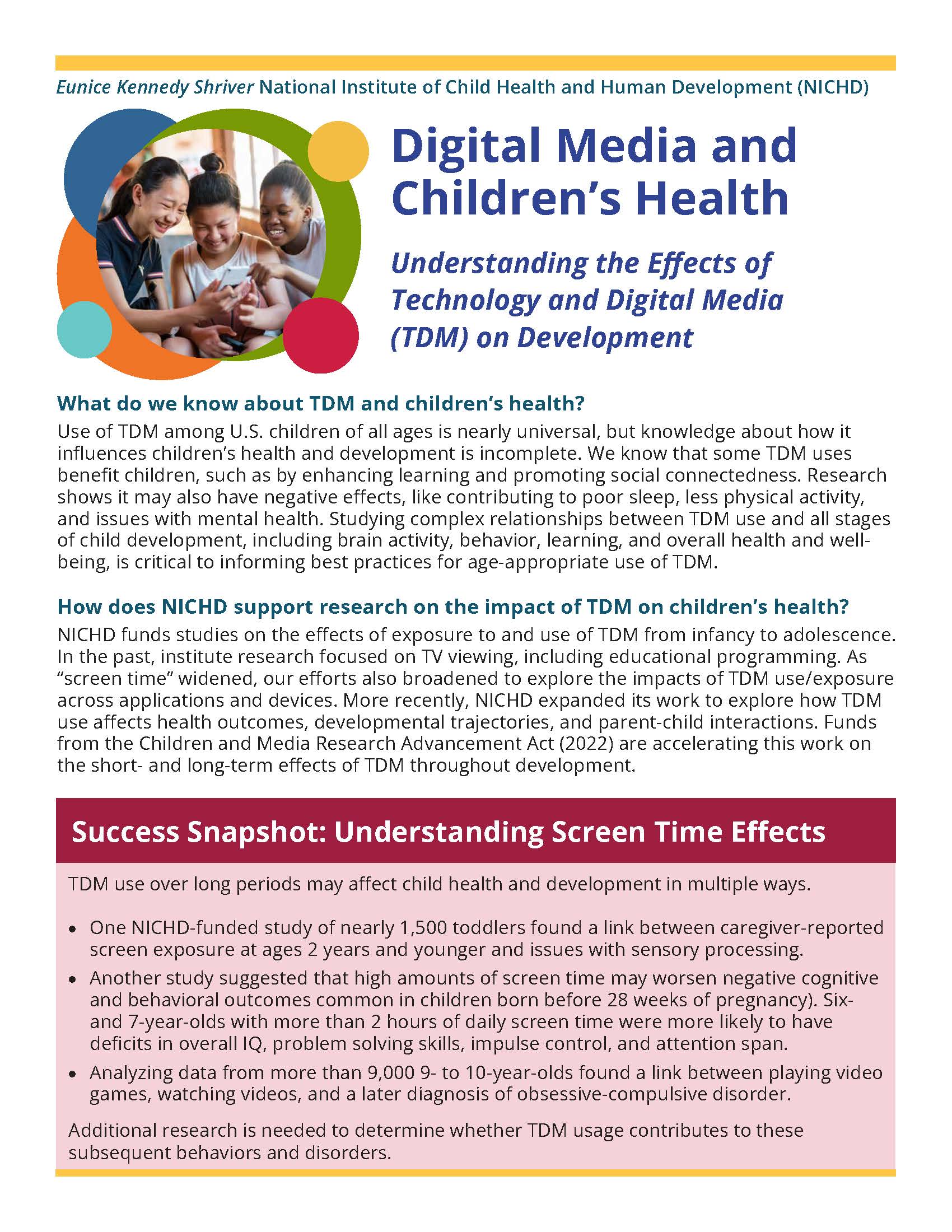A Child Becomes a Reader: Birth to Preschool

This 36-page booklet is part of the Partnership for Reading, a collaborative effort by the National Institute for Literacy, the U.S. Department of Education, and the NICHD to bring the findings of evidence-based reading research to those with an interest in helping all people learn to read well. The booklet, which is based on the findings of the National Reading Panel, describes activities that parents can do with their children, from birth to age five, to improve reading skills. These booklets are now out of print.
Eunice Kennedy Shriver National Institute of Child Health and Human Development, NIH, DHHS. (2006). A Child Becomes a Reader: Birth to Preschool (N/A). Washington, DC: U.S. Government Printing Office.










 BACK TO TOP
BACK TO TOP